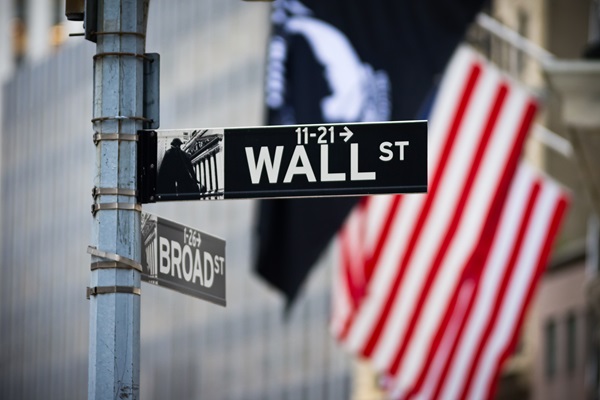.png)
Sandeep Kumar, IRS, is a former Special Secretary to the Government of India and Member, Central Board of Indirect Taxes & Customs
April 14, 2025 at 12:48 PM IST
Over the past few days, US stock markets have shown staggering volatility. On one day, it took just 23 minutes to wipe out $2.5 trillion in market capitalisation. On another—April 10, 2025—it took only a few hours to gain $5 trillion.
So much liquidity sits on the sidelines that it floods back into the market at the slightest whiff of probable cause. Frenzied buying and selling sprees, along with sky-high valuations, demand a closer look at - money printing, leverage, foreign capital, concentration of wealth, and investor psychology – all of which are fuelling this environment.
Asset prices continue to defy gravity even though the Federal Reserve has gone after easy money by keeping interest rates elevated over more than two years. The Fed expanded money supply, or M2, by 42% during the pandemic, swelling it from $15.3 trillion in early 2020 to $21.7 trillion by early 2022. At the same time, public debt has ballooned by over $ 14 trillion in the last five years. While M2 has since plateaued, yet markets are behaving as if awash with liquidity. The excess cash may no longer be growing, but its after-effects are still coursing through the system.
From 2020 to 2024, US households collectively gained about $49.3 trillion in net worth, with the top 1% accounting for about $12.5 trillion of that increase. This concentration of wealth is one of the reasons that markets have been able to chew up two protracted regional wars, supply chain disruptions as well as rate hikes. The wealth continues to remained embedded in portfolios, private capital, and real estate.
A major multiplier force has been leverage. Margin debt climbed to a record $937 billion by early 2025, up 33% from the previous year. In some corners of the market, leverage ratios exceed 100:1. This supercharges asset price movements. Every dollar of borrowed money controls multiple dollars’ worth of assets. When the trades go right, gains are enormous. When they don’t, markets lurch violently.
The global shadow banking sector now controls $239 trillion in assets—nearly twice the size of global GDP—according to the Financial Stability Board. These entities, from hedge funds to structured finance vehicles, now hold nearly half of all financial assets, while facing a fraction of the regulatory oversight in comparison to banks.
Appetite for risk has gone up manifold. Institutional investors have become increasingly reliant on what’s come to be known as the “Fed Put.” After the financial crisis of 2008, and again during COVID-19, the central bank stepped in to prop up the market. The belief now is simple – just be ‘too big to fail’.
Add to this the role of new retail investors – bullish and aggressive. Since 2020, retail traders have reacted to every dip as a buying opportunity. Enabled by platforms like Robinhood, armed with tips on social media and emboldened by meme stock victories, markets have witnessed a new type of frenzied buying fired by YOLO—"You Only Live Once".
Added to this mix is foreign capital. As of mid-2024, foreign investors held $17 trillion in US equities—roughly 37% of total market capitalisation, compared with just 12–15% two decades ago. An even more critical metric is the proportion of foreign holdings of US Treasuries at 30%. While so far this has always been considered as a global vote of confidence (‘American Exceptionalism’), in Trump’s America, this may well turn out to be a vulnerability. Recent extreme volatility in the US bond markets is widely attributed to have prompted a ‘pause’ and selective ‘reversals’ in Trump tariffs. Sovereigns and foreign investors may turn out to be far more sensitive to ‘Trump-speak’ and policy missteps than presumed.
US markets have reached a stage where the Fed is now controlling only one of the many forces at work. It increasingly seems that the policy instruments in hands of the Fed may not be adequate to achieve desired outcomes. For investors, it is going to be a long, tiring and volatile phase.




